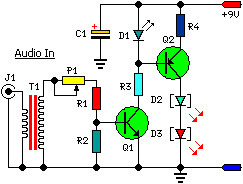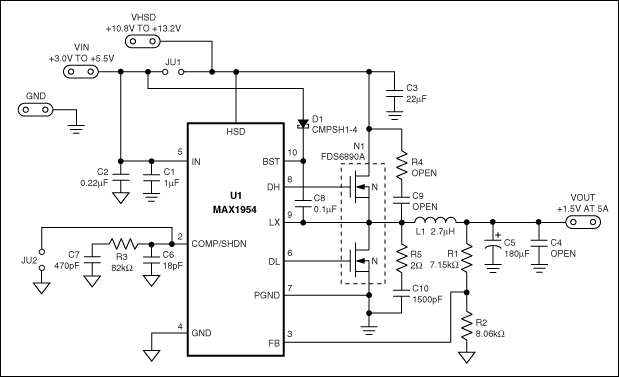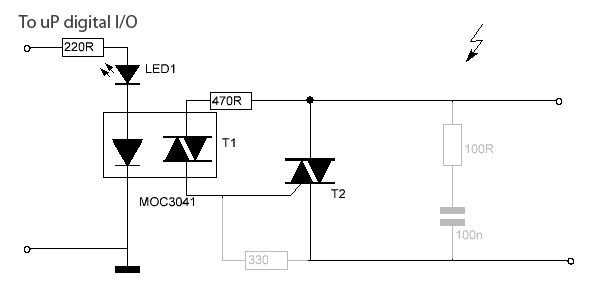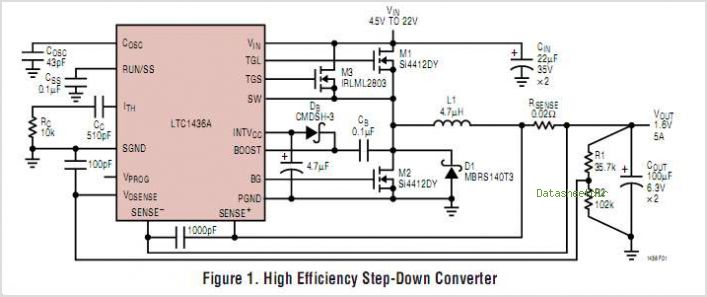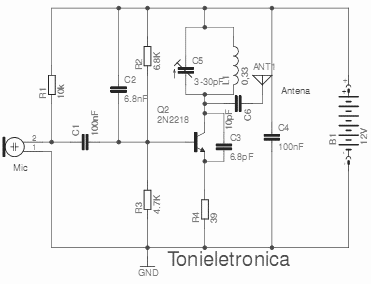
Power Switch with Infrared Proximity Sensor
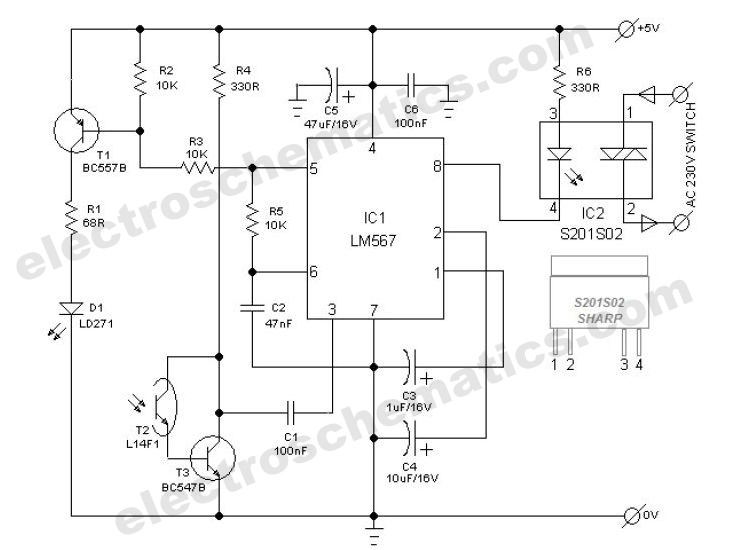
The power switch with an infrared proximity sensor is designed to detect obstructions at distances ranging from a few millimeters to several centimeters.
The power switch utilizing an infrared proximity sensor operates on the principle of emitting infrared light and detecting its reflection off nearby objects. The sensor typically consists of an infrared LED that emits light and a photodiode or phototransistor that receives the reflected light. When an object comes within the specified range, the reflected infrared light is detected by the sensor, triggering the switch mechanism.
This type of switch is particularly useful in applications where physical contact is undesirable, such as in sanitary environments or for ease of use in devices that require hands-free operation. The detection range can often be adjusted by modifying the sensitivity of the sensor circuit, which may involve changing resistor values or using a potentiometer.
In terms of circuitry, the design may include a microcontroller to process the sensor output, allowing for programmable features such as adjustable sensitivity or response time. The power switch can be integrated into various devices, enabling automated control of lighting, fans, or other electrical equipment based on proximity detection.
Furthermore, the infrared proximity sensor can be paired with additional components such as capacitors for noise filtering and diodes for reverse polarity protection, ensuring reliable operation. The overall design should consider factors such as power consumption, response time, and environmental conditions to enhance performance and longevity.The power switch with infrared proximity sensor is intended for the recognition of obstructions at distances of a few millimetres to a few centimetres. Thi.. 🔗 External reference
The power switch utilizing an infrared proximity sensor operates on the principle of emitting infrared light and detecting its reflection off nearby objects. The sensor typically consists of an infrared LED that emits light and a photodiode or phototransistor that receives the reflected light. When an object comes within the specified range, the reflected infrared light is detected by the sensor, triggering the switch mechanism.
This type of switch is particularly useful in applications where physical contact is undesirable, such as in sanitary environments or for ease of use in devices that require hands-free operation. The detection range can often be adjusted by modifying the sensitivity of the sensor circuit, which may involve changing resistor values or using a potentiometer.
In terms of circuitry, the design may include a microcontroller to process the sensor output, allowing for programmable features such as adjustable sensitivity or response time. The power switch can be integrated into various devices, enabling automated control of lighting, fans, or other electrical equipment based on proximity detection.
Furthermore, the infrared proximity sensor can be paired with additional components such as capacitors for noise filtering and diodes for reverse polarity protection, ensuring reliable operation. The overall design should consider factors such as power consumption, response time, and environmental conditions to enhance performance and longevity.The power switch with infrared proximity sensor is intended for the recognition of obstructions at distances of a few millimetres to a few centimetres. Thi.. 🔗 External reference

